20 October 2025
Imagine this—you’re sitting in a classroom, headphones on, and instead of the usual textbook or worksheet, your teacher hits play on a song. Suddenly, you're analyzing the lyrics, questioning the intent, connecting themes, and diving deep into the cultural context. That right there? That's critical thinking in action, sparked entirely by music.
Pretty cool, huh?
Music, believe it or not, is one of the most powerful tools educators can use to sharpen students' minds beyond just creativity. It can ignite thought-provoking discussions, encourage open-ended questions, and push learners to think deeply, not just follow the notes.
So, how exactly can we use music to teach critical thinking skills? Let’s turn up the volume and dive in.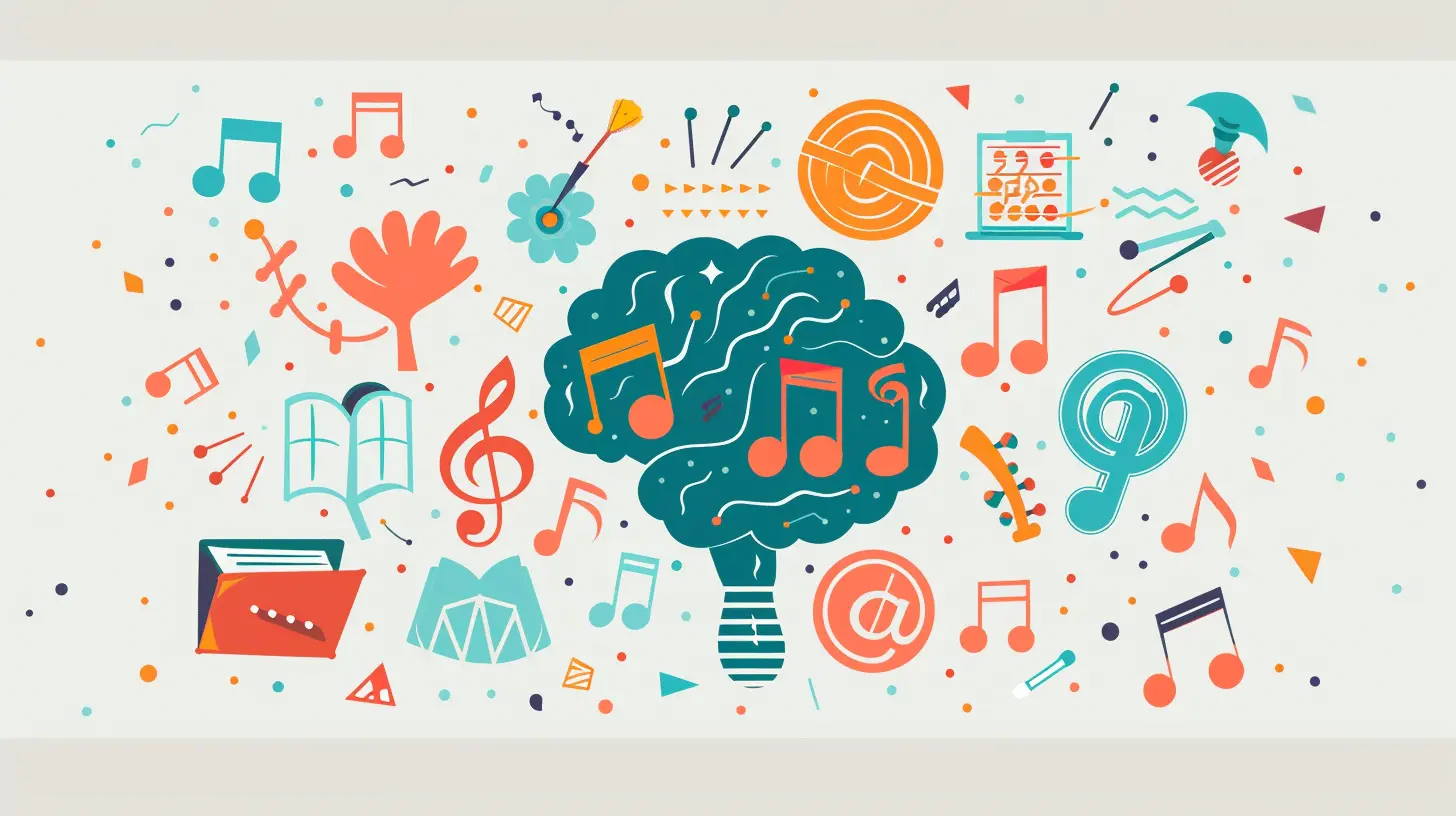
🎵 What Is Critical Thinking, Anyway?
Before we get into the beats and bars, let’s backtrack a bit.Critical thinking isn’t just being able to argue or throw around fancy words during a debate. It’s the ability to reason logically, evaluate evidence, question assumptions, and make informed decisions. It’s about not taking things at face value—and yeah, that’s a pretty big deal in today’s world filled with fake news and filtered realities.
When students develop critical thinking skills, they become better problem-solvers, more discerning listeners, and thoughtful contributors to society. And guess what? Music naturally invites this kind of thinking.
🎶 Why Music? What Makes It So Effective?
Music isn’t just entertainment. It’s storytelling, protest, history, emotion, culture—all rolled into one.Think about it. What other medium can simultaneously express heartbreak, start a revolution, and teach you about a whole society?
Here’s why music is a goldmine for teaching critical thinking:
- It’s relatable. Students connect with music emotionally, which makes them more open to engaging with the content.
- It’s layered. Music has lyrics, rhythm, tone, tempo, and historical context. Plenty to unpack!
- It’s engaging. Let's be honest—students are way more likely to listen to Billie Eilish or Kendrick Lamar than a 40-minute lecture.
- It crosses disciplines. Music can bridge literature, history, sociology, psychology, and even science.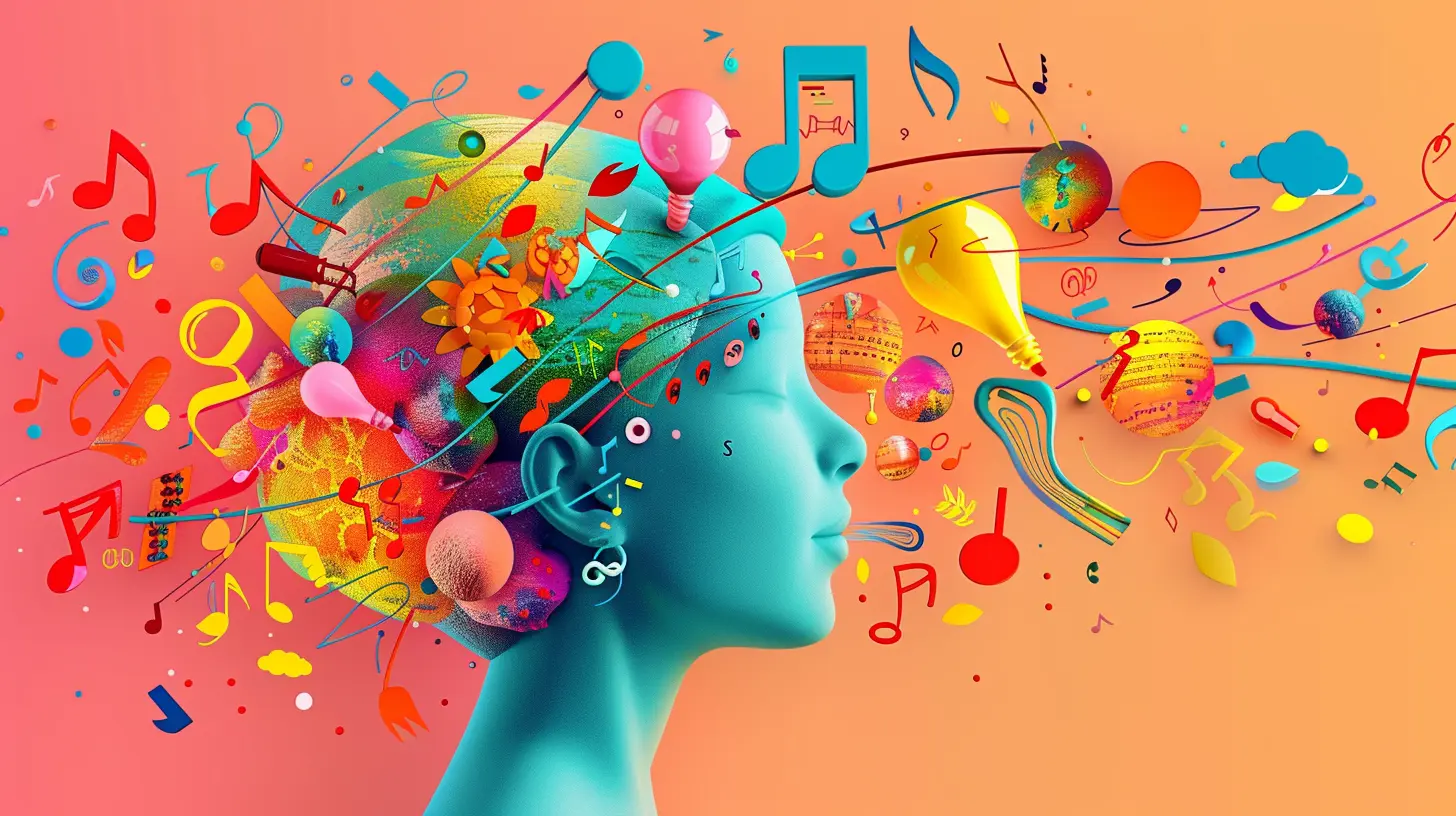
🚀 Ways to Use Music to Teach Critical Thinking in the Classroom
Time to get practical. Whether you're teaching middle schoolers or college students, music can be seamlessly integrated into your lessons. Here's how:1. Dig Into Lyrics Like You’d Analyze Poetry
Lyrics are basically modern-day poetry, right?Pick a song with rich, meaningful lyrics and challenge students to go beyond just "What does this mean?" Ask things like:
- What’s the underlying theme?
- Who’s the speaker, and what’s their perspective?
- Are there any metaphors or symbolism?
- How does the historical or cultural background influence meaning?
For example, using Bob Dylan’s “Blowin' in the Wind” can spark discussions about civil rights and the vagueness of truth. Or analyze “Same Love” by Macklemore to talk about gender and societal norms.
Let students interpret, support claims with evidence, and discuss differing viewpoints. Boom—critical thinking.
2. Compare and Contrast Songs
Want students to practice evaluating ideas from multiple perspectives? Have them compare two songs.Try tracks that tackle the same theme but from different genres or eras. For instance:
- “What’s Going On” – Marvin Gaye vs. “This is America” – Childish Gambino
Ask questions like:
- How does each song reflect its time period?
- What emotions do they evoke?
- What techniques do the artists use to convey their message?
This exercise helps students synthesize information, evaluate sources, and recognize bias or subjectivity.
3. Use Music to Challenge Bias and Perspective
Music often reflects personal or cultural perspectives. Use it to discuss how point of view shapes understanding.Play songs that offer contrasting viewpoints on a controversial topic. Encourage students to consider:
- What biases might the artist hold?
- How might someone else view this message differently?
- Are there any assumptions being made?
For instance, use “Fortunate Son” by Creedence Clearwater Revival to discuss patriotism and classism during the Vietnam War. Students can dissect not just what’s being said, but what’s being implied.
This kind of analysis helps students resist surface-level thinking and dig deeper into intent and impact.
4. Explore Music as Historical and Social Commentary
Music often captures the spirit of an era better than a textbook ever could.Play protest songs, anthems, or music tied to social movements and have students investigate:
- What was happening in the world when this was released?
- How did the music reflect or influence public opinion?
- Does it still resonate today?
Tracks like “Fight the Power” by Public Enemy or “Born in the U.S.A.” by Bruce Springsteen (which, spoiler alert, is often misunderstood) offer rich opportunities for students to analyze historical context and impact.
Music becomes the doorway to bigger conversations about society, justice, freedom, and the human experience.
5. Create a “Soundtrack of a Theme or Era” Assignment
Here’s a fun one. Ask your students to create a mini soundtrack for a theme (like resilience or rebellion) or a historical era (like the Civil Rights Movement).They’ll need to:
- Choose 3–5 songs
- Justify each pick with evidence and reasoning
- Analyze lyrics, tone, and context
- Present their playlist to the class
This not only fosters creativity but pushes students to research, connect ideas, and defend their choices—hello, critical thinking!
6. Incorporate Debate Using Song Themes
You can also use music as a jumping-off point for debate.Use a controversial song or lyric and ask students to pick sides:
- Should this song be censored?
- Is the artist being irresponsible or thought-provoking?
- Is the message harmful or helpful?
Students can research, gather supporting evidence, and argue their position. The key here is teaching them how to respectfully debate complex issues with logic, not emotion.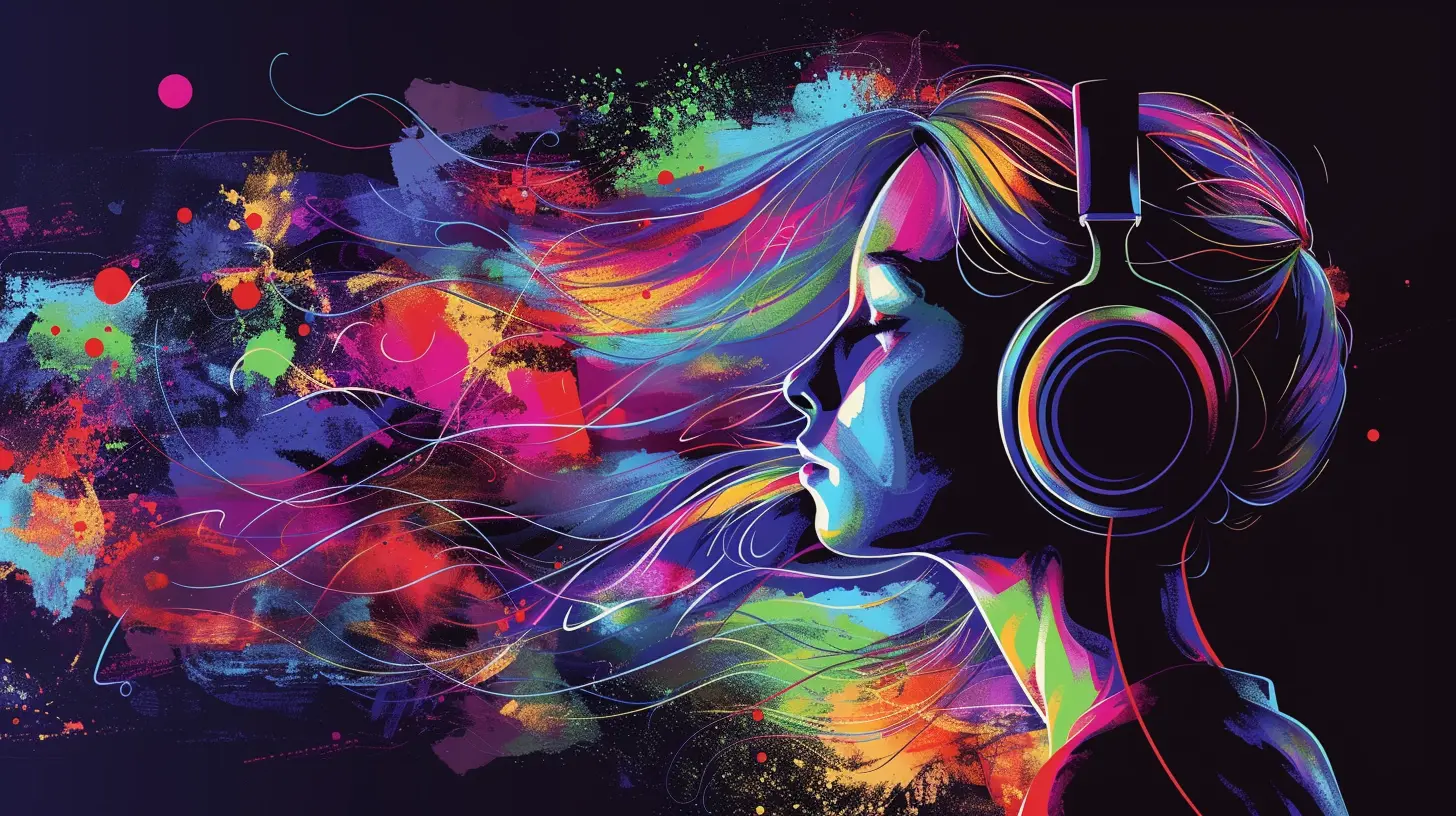
🧠 How Students Benefit from This Approach
Using music to sharpen critical thinking isn't just about making class more fun (though it does that too!). It genuinely helps students:- Become better listeners and interpreters
- Understand multiple perspectives
- Develop empathy and emotional intelligence
- Engage more deeply with complex issues
- Strengthen their ability to construct and defend arguments
These aren’t just academic skills—they're life skills. And in a world that desperately needs more thoughtful, open-minded humans, teaching critical thinking through music is a legit superpower.
🎓 Tips for Teachers: Make It Work in Real Life
Worried your classroom might turn into a concert hall? Don’t stress. Here’s how to keep it meaningful:- Be intentional with song choices. Pick tracks with layers that align with your lesson objectives.
- Use guiding questions. Scaffold the analysis so students don’t just listen—they think.
- Stay relevant. Mix in current artists that students know and care about.
- Create space for discussion. Let students disagree, question, and reflect.
- Encourage reflection. Ask them to journal their thoughts or write a short essay defending their analysis.
And don’t be afraid to let students recommend songs—it makes the process more inclusive and fun.
🎧 A Few Song Ideas to Get You Started
Here's a starter playlist for educators looking to dip their toes into musical critical thinking:- “Imagine” – John Lennon
- “Same Love” – Macklemore & Ryan Lewis
- “Glory” – John Legend & Common
- “Waiting on the World to Change” – John Mayer
- “Hurricane” – Bob Dylan
- “Alright” – Kendrick Lamar
- “Zombie” – The Cranberries
- “Where Is the Love?” – Black Eyed Peas
- “Formation” – Beyoncé
- “Changes” – Tupac
Switch it up depending on your subject matter and group’s interest. The possibilities are endless.
🎤 Final Thoughts: Let Music Be the Teacher
When used thoughtfully, music becomes more than just a background beat—it becomes a bridge. A bridge that connects hearts with minds, emotion with logic, and creativity with analysis.So whether you’re analyzing protest lyrics with high schoolers, exploring rhythm and metaphor in middle school, or tying in historical context in college courses, music can teach students not just what to think—but how to think.
Open their ears, and their minds will follow.



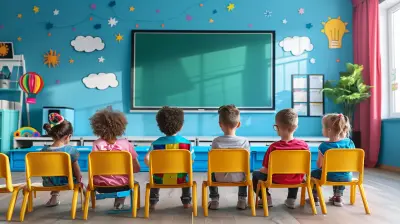
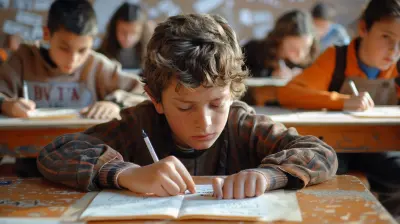



Wren McGuffin
This article beautifully highlights the power of music in fostering critical thinking. By integrating melodies and rhythms into learning, educators can create engaging environments that not only stimulate minds but also nurture creativity and collaboration among students. Thank you for sharing!
November 6, 2025 at 8:51 PM